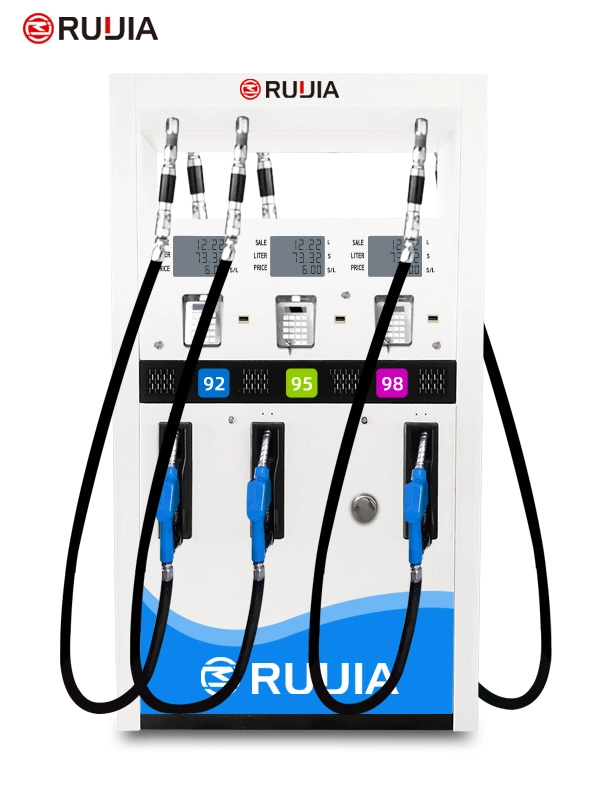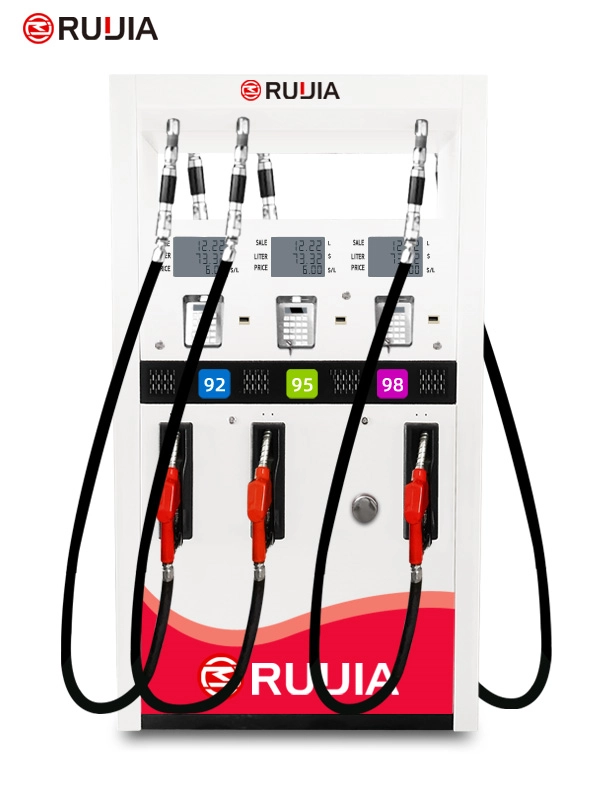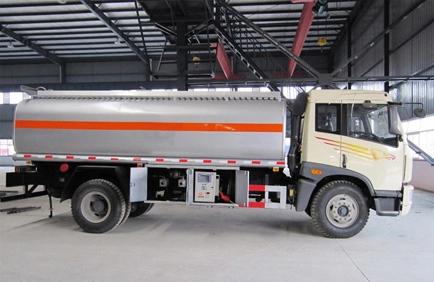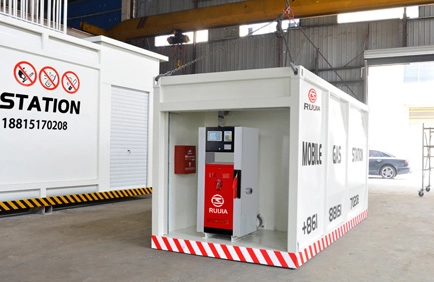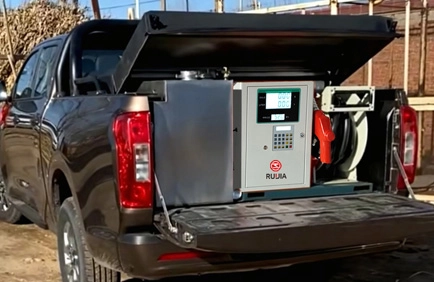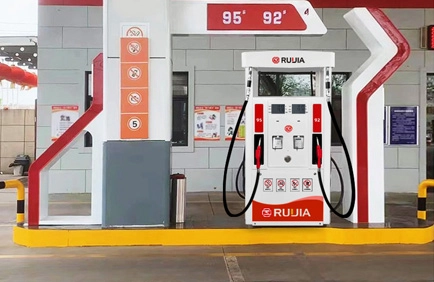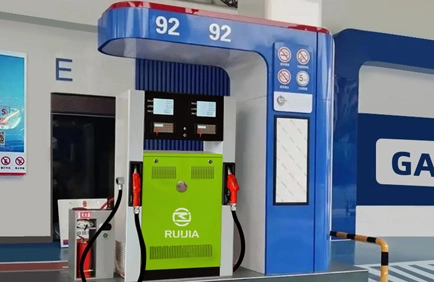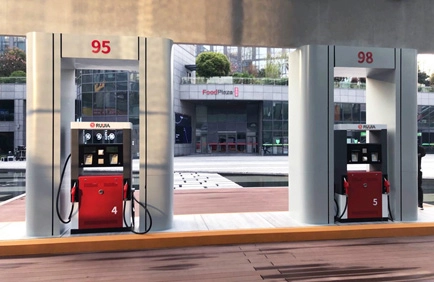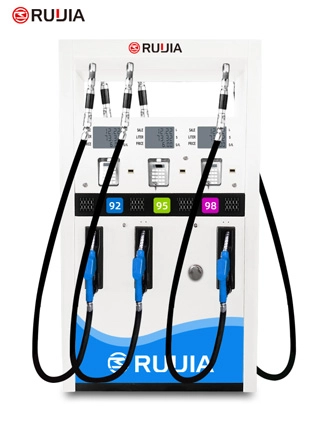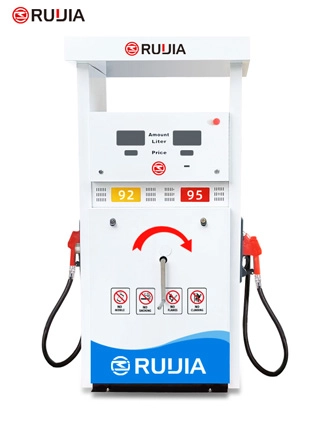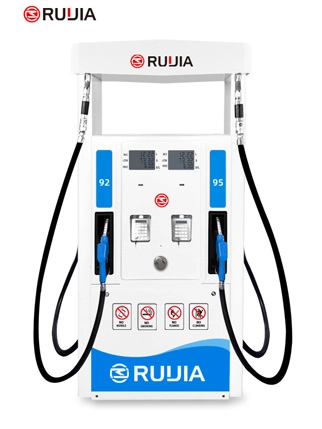Petrol Dispenser Pump
Product Parameter
- Product Name
- RJ2306 Fuel Dispenser
- Brand Name
- Ruijia
- Product Size
- 1200X560X2250 mm
- Nozzle
- 6 Nozzles
- Flow Meter
- 4- piston Flow Meter
- Pump
- Vane Pump, Gear Pump
- Lcd Display
- 664, 886
- Temperature
- -25°C~ +55°C
- Pressure
- 0.3MPa
- Accuracy
- ±0.3%
- IC Card
- Supports
- Flow Rate
- 5~60L/min or 5~100L/min
- Voltage
- AC 110V/220V/380V(50/60Hz)
- Suction Distance
- 6m(vertical), 50m(horizontal)
- Power
- 750W or 1100W
- Medium
- Gasoline, Diesel, Kerosene
Product Configuration
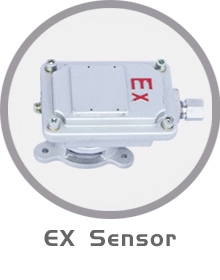

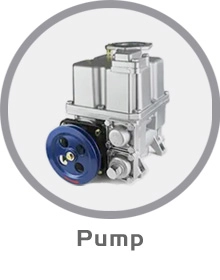
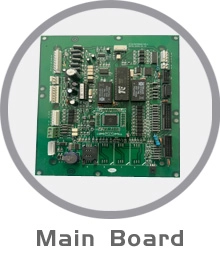
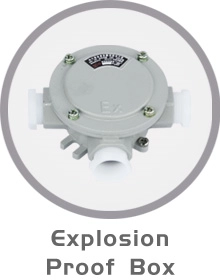
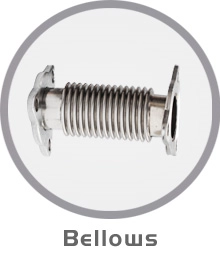
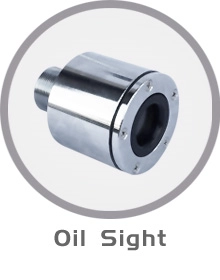

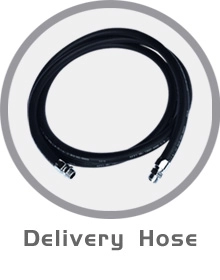
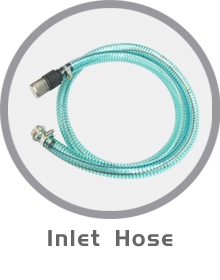
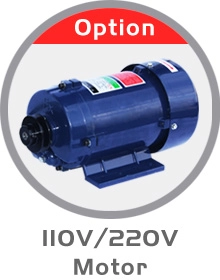
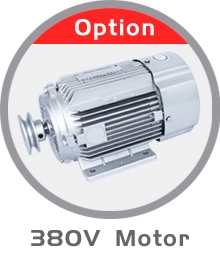

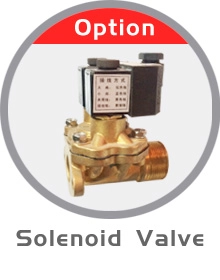
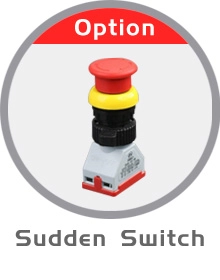

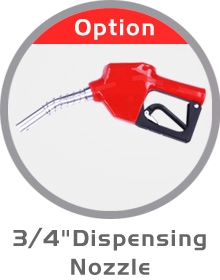
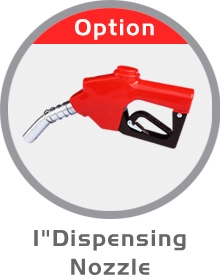
Our Certification

What is a Petrol Dispenser Pump?
A petrol dispenser pump, commonly known as a gas pump or fuel pump, is a critical component of modern fueling infrastructure. It is a mechanical device designed to transfer liquid fuel from underground storage tanks to vehicles, ensuring precise measurement, safe handling, and efficient operation. These pumps are ubiquitous at gas stations worldwide, playing a vital role in the global energy supply chain. Understanding how petrol dispenser pumps function, their components, and their significance in daily life provides insight into the technology that powers transportation and commerce.
The Role of Petrol Dispenser Pumps
Petrol dispenser pumps serve as the interface between fuel storage systems and end-users. Their primary purpose is to deliver fuel to vehicles in measured quantities while maintaining safety and accuracy. These pumps are essential for the operation of gas stations, enabling drivers to refuel their cars, trucks, and motorcycles quickly and reliably.
The process begins when a vehicle’s driver selects a fuel type (e.g., regular, premium, diesel) and initiates the pumping process. The pump then draws fuel from underground storage tanks through a series of pipes and filters, ensuring the fuel is clean and free of contaminants. Once the fuel reaches the pump, it is metered and dispensed into the vehicle’s tank. Modern petrol dispenser pumps are equipped with advanced technology to monitor fuel flow, detect leaks, and prevent overfilling, making them both efficient and environmentally friendly.
How Petrol Dispenser Pumps Work
The operation of a petrol dispenser pump involves several key components and mechanical processes:
Fuel Supply System:
Fuel is stored in underground tanks at gas stations, connected to the dispenser via a network of pipes. A submersible pump or tank pump located in the storage tank pushes fuel through these pipes to the dispenser. This ensures a continuous and pressurized flow of fuel.Pump Mechanism:
At the dispenser, the fuel enters a pump unit that uses either positive displacement or centrifugal force to move the liquid.- Positive Displacement Pumps: These pumps use rotating gears, pistons, or diaphragms to create a fixed volume of fuel movement. They are commonly used for diesel and other heavy fuels due to their ability to handle viscous liquids.
- Centrifugal Pumps: These pumps use a spinning impeller to generate centrifugal force, which propels fuel through the system. They are often used for gasoline due to their high flow rates and efficiency.
Flow Meter:
A flow meter measures the volume of fuel being dispensed. This device ensures accuracy, allowing the pump to calculate the price based on the amount of fuel delivered. Modern flow meters use electronic sensors to provide precise readings, reducing errors and fraud.Nozzle and Shut-Off Valve:
The nozzle is the part of the pump that connects to the vehicle’s fuel tank. It contains a suction valve that stops the flow of fuel when the tank is full. This mechanism prevents overfilling and minimizes spills. The nozzle also includes a vapor recovery system to capture fuel vapors, reducing air pollution.Control System:
Electronic control systems manage the pump’s operation, including fuel type selection, payment processing, and safety checks. These systems are integrated with the gas station’s point-of-sale (POS) system, allowing for seamless transactions.
Key Components of a Petrol Dispenser Pump
To function effectively, a petrol dispenser pump relies on several critical components:
Pump Housing:
The outer casing that protects the internal mechanisms from environmental factors such as moisture, dust, and temperature fluctuations.Filters:
Filters remove impurities like dirt, water, and sediment from the fuel before it reaches the vehicle. This ensures the fuel is clean and prevents damage to the engine.Pressure Regulators:
These devices maintain consistent fuel pressure, ensuring smooth and uninterrupted flow.Vapor Recovery System:
A key safety and environmental feature, this system captures fuel vapors during the dispensing process, preventing them from escaping into the atmosphere.Display Panel:
The display shows the fuel price, volume, and total cost, allowing drivers to monitor their purchases in real time.Payment Terminal:
Modern pumps are equipped with card readers, mobile payment options, and digital displays to facilitate quick and secure transactions.
Types of Petrol Dispenser Pumps
Petrol dispenser pumps come in various designs to meet different needs:
Single-Outlet Pumps:
These pumps have one nozzle and are typically used for smaller gas stations or specific fuel types.Multi-Outlet Pumps:
Common at larger stations, these pumps have multiple nozzles, allowing drivers to refuel multiple vehicles simultaneously.Dual-Fuel Pumps:
Designed to dispense two types of fuel (e.g., gasoline and diesel) from a single unit, these pumps are popular in areas where space is limited.Automated Pumps:
These pumps feature touchscreens and self-service capabilities, reducing the need for attendants. They often include advanced safety features like automatic shut-off and leak detection.High-Volume Pumps:
Used in commercial and industrial settings, these pumps are built to handle large fuel volumes and operate continuously.
Historical Development and Technological Advancements
The concept of fuel dispensing dates back to the early 20th century, when gas stations first emerged. Early pumps were simple, manually operated devices that required attendants to measure and pour fuel into vehicles. Over time, technological advancements led to the development of automated systems.
The 1950s and 1960s saw the introduction of self-service pumps, which allowed drivers to refuel themselves. This innovation reduced labor costs and increased efficiency. In the 1980s and 1990s, electronic systems replaced mechanical ones, improving accuracy and safety. Today, modern petrol dispenser pumps are equipped with smart technology, including GPS tracking, real-time monitoring, and integration with mobile apps.
Environmental concerns have also driven innovations. For example, vapor recovery systems were introduced to reduce greenhouse gas emissions, and low-emission pumps now comply with strict environmental regulations.
Importance and Impact
Petrol dispenser pumps are integral to the global economy, enabling the efficient distribution of fuel to millions of vehicles daily. They support transportation, logistics, and tourism, while also contributing to energy security. Additionally, their role in reducing fuel waste and pollution highlights their importance in sustainable development.
As technology continues to evolve, petrol dispenser pumps are becoming smarter, safer, and more environmentally friendly. Future advancements may include electric vehicle (EV) charging integration, AI-driven maintenance systems, and renewable fuel compatibility, further expanding their relevance in a rapidly changing energy landscape.
Conclusion
A petrol dispenser pump is far more than a simple device for refueling vehicles. It is a sophisticated system that combines mechanical engineering, electronics, and environmental stewardship to deliver fuel efficiently and safely. From its basic components to its advanced features, every aspect of the pump is designed to meet the demands of modern transportation. As the world transitions toward cleaner energy solutions, petrol dispenser pumps will continue to adapt, ensuring their place in the future of mobility and energy. Whether you’re a driver, a mechanic, or a curious observer, understanding how these pumps work offers a fascinating glimpse into the technology that keeps our world moving.
